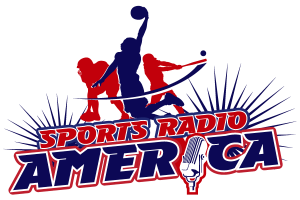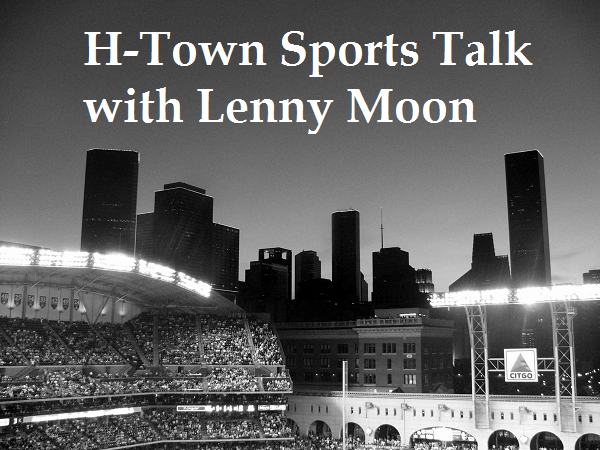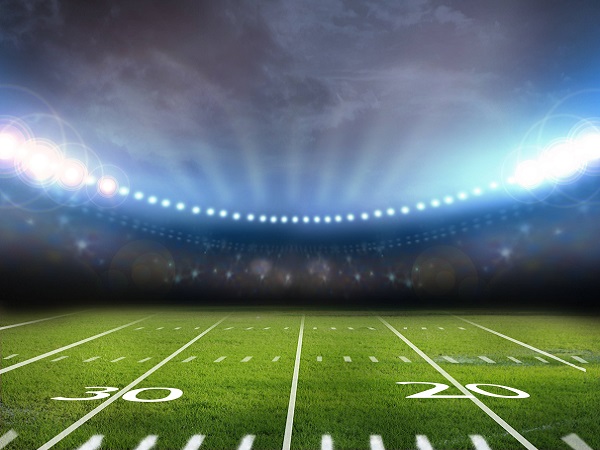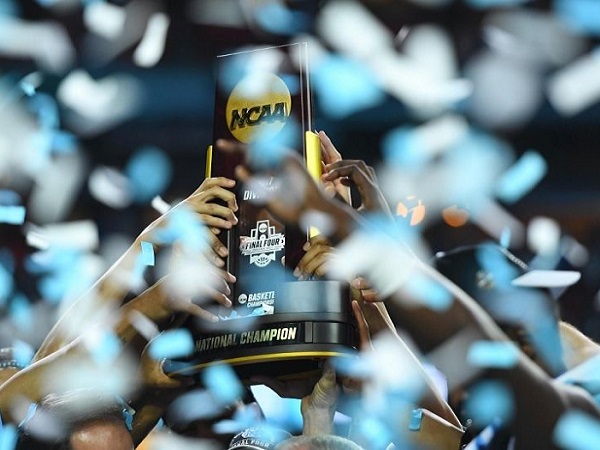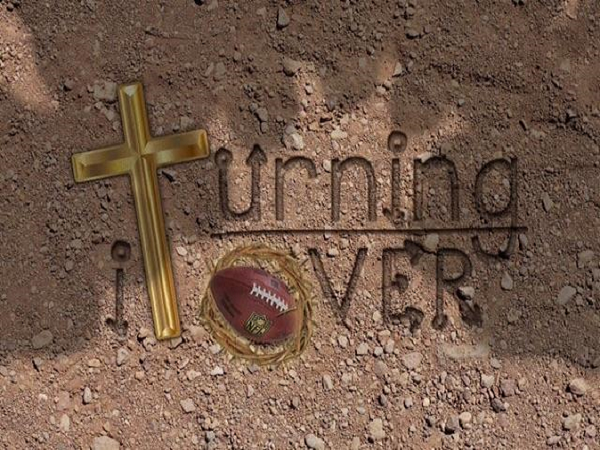Overwatch is an online video game that is often played in esports teams, leagues, and tournaments. It is a very popular gaming experience developed by Blizzard Entertainment.
Overtime Elite (OTE) is a new basketball league for sixteen to eighteen year-olds (16-18) looking to avoid high school sports, make some cash, receive financial literacy, and potentially enter the Professional Pathways Program via the National Basketball Association’s (NBA) G-League and eventually enter the highest professional ranks through the NBA Draft.
What do both brands and leagues have in common? Overtime and Overwatch are very popular with the younger generation. According to Nielsen, often missing in the equation for traditional sports like the NFL, MLB, and the NHL, which lean towards fans aged fifty (50) years and older is the younger generation. The younger demographic tends to avoid games that take too long to play and do not include players/athletes closer to their age that they can relate. Only the NBA and the MLS have fans that average under fifty (50) years-old. Whereas the average Overwatch League fan is twenty-four (24) years-old. The disparity in age has caused Major League Baseball to change it rules to speed up the game. It has also caused sports rights holders to look to streaming and esports teams to appeal and reach the younger demographic.
Overtime may literally be the embodiment of the younger generation that plays Overwatch. The teenagers playing in the youth basketball league are likely the same individuals who will play Overwatch when not on the court. The cross-over is exactly the type of situation marketing and branding guru’s dream of to develop business and sustain long-term success.
For example, Amazon-owned Twitch has streamed live sports matches (along with its main purpose of esports tournaments), while streaming Thursday Night Football games on Prime. The NHL is looking to streamer ESPN+ to reach a younger audience through seventy-five (75) exclusive games and changing consumer habits (e.g., less cable packages and more streaming subscriptions). The NHL and Disney-owned ESPN are looking to convert the younger Disney content fans into sports fans by keeping them in one big online connected family through bundles.
Experiential adaptation is also important for the younger generation to get engaged. Sports betting at least currently helps the older generation get or keep more engaged with sports because the younger fans need to converted to fandom first, but maybe sports betting for better or worse gets them to fandom. As a Facebook executive recently said, it is not what people want to watch, but what they want to do.
Callaway’s recent purchase of Topgolf is in line with adding experiential to its line of product offerings to reach a younger and/or larger audience. Triller’s all-in-one approach is similar, by combining social, streaming, entertainment, media, and sports to attract more people by interest and distribution models. The Canadian Football League (CFL) and the XFL discussing a partnership is all about taking a fun league (the XFL) and connecting it with an established fan base (the CFL), which potentially means more fans (younger or otherwise).
Maybe artificial intelligence (AI) and analytics can help crunch data to see what fans want to do or watch to increase viewership. The reality is that Overtime and Overwatch are both examples of exactly what the younger generation wants from a sports league and offers a potential window into the future of entertainment, media, and sports. However, without the next generation being interested in sports, sports teams, leagues, and athletes face the prospect of lower market capitalization (e.g., less money).
